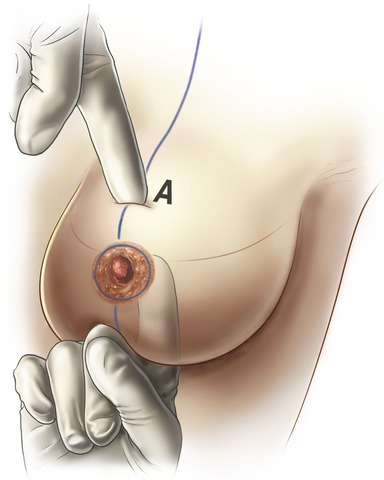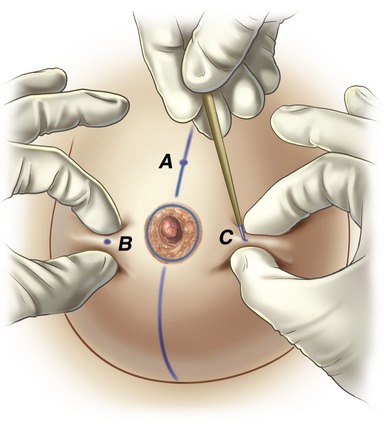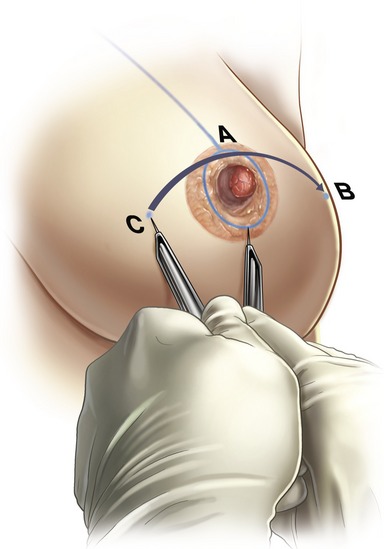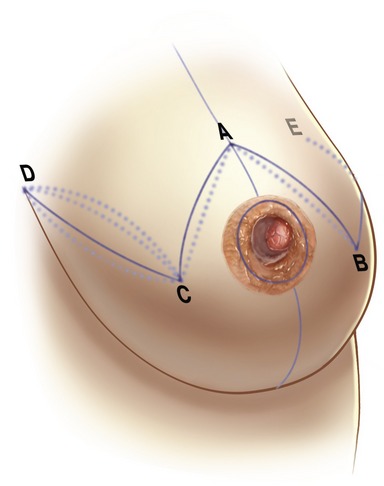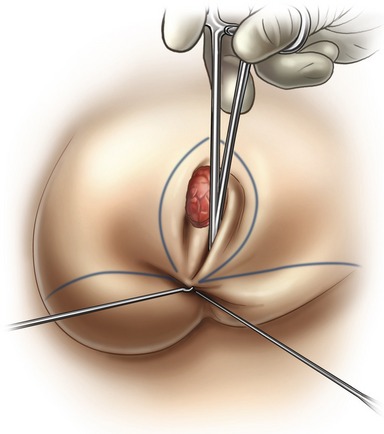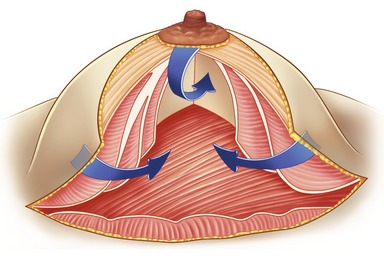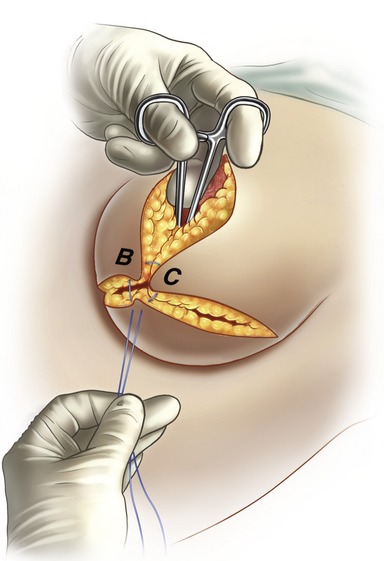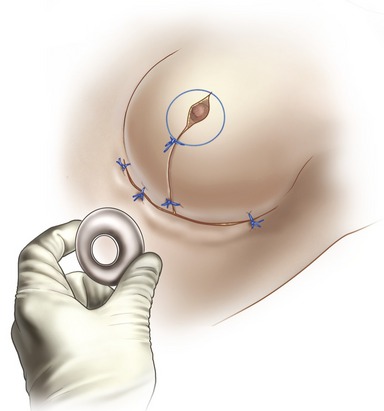CHAPTER 49 Pitanguy breast reduction
Physical evaluation
Physical evaluation of the patient presenting for breast reduction includes:
With patient standing up
• Overall evaluation of patient’s biotype: height, weight, chest girth.
• Examination of breast skin (elasticity, signs of dermal fragility such as striae, maceration or infection from intertrigo).
• Inspection of degree of flaccidity by checking level of nipple with respect to the submammary sulcus.
• Estimation of breast volume (visual and by palpation).
• Verification of excess parenchyma with a two-handed pinching maneuver, also noting distance the nipple–areolar complex (NAC) will have to rise.
• Examination of other breast deformities, such as inverted nipple.
Anatomy
Postoperative anatomy of the breast is also important. All resected tissues are sent to the pathology laboratory for close inspection. As has been published previously, it is interesting to note that the segment where most of breast pathology arises – the lower pole – is exactly the region that is removed in both of the techniques to be described.
The classic Pitanguy breast reduction technique
Indicated for large hypertrophy
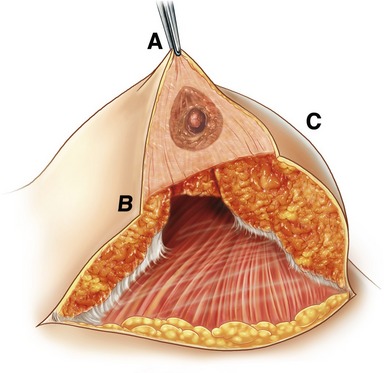
Fig. 49.7 The inverted keel resection should be applied to breasts that are mainly composed of glandular tissue.
• Patient is placed in a semi-sitting position.
• Two long sutures are placed along the midline, to help the surgeon check for symmetry during demarcation and at the end of the procedure.
• Midclavicular line is drawn, through the NAC all the way to the sulcus. Point A is determined along this line, at or slightly lower than the breast sulcus. (This point determines the future position of the NAC.)
• By pinching excess skin points B and C are determined.
Stay updated, free articles. Join our Telegram channel

Full access? Get Clinical Tree


